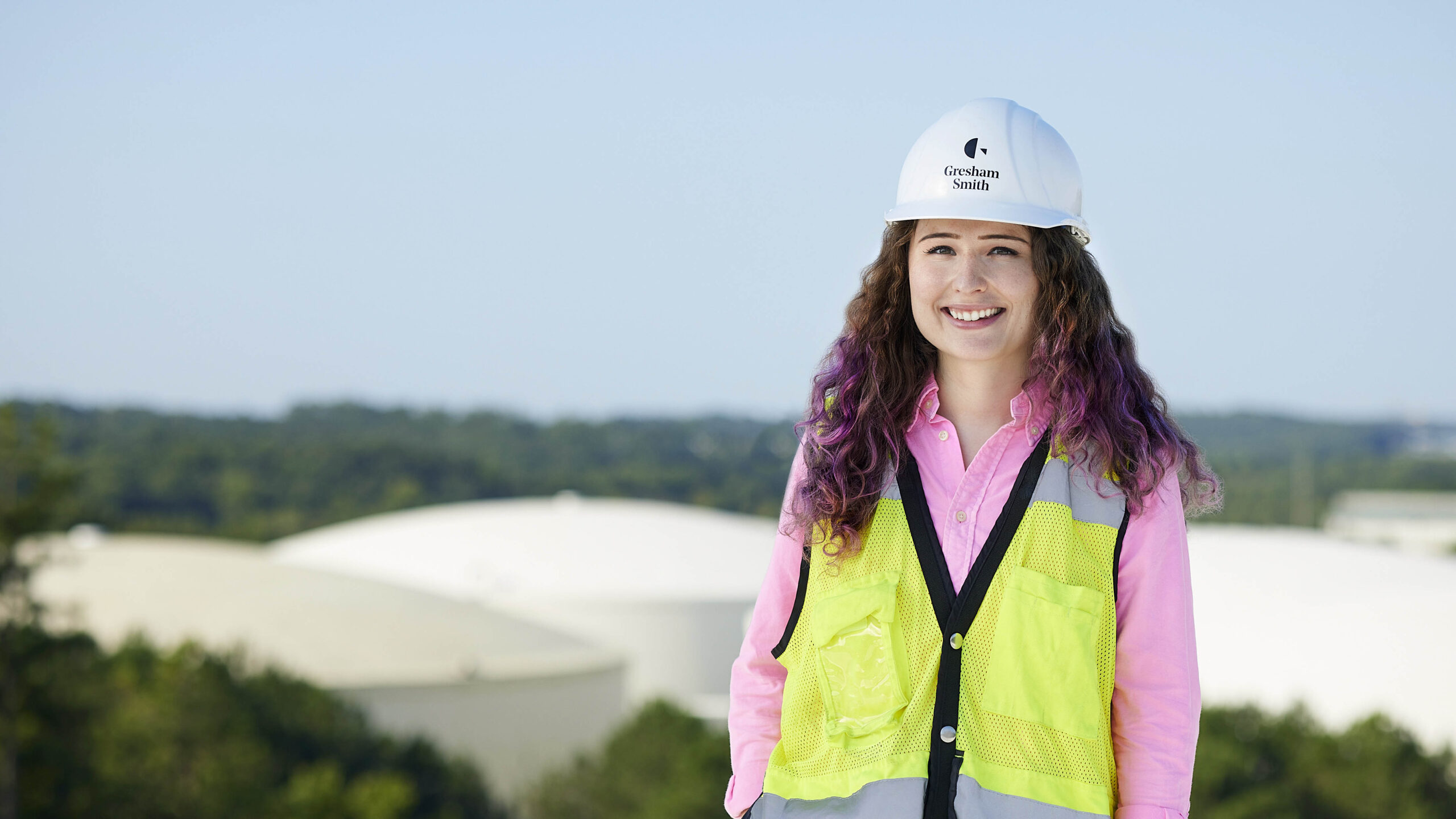
Making a Difference
Capturing Stormwater and the Imagination
Diana Chumak is a project engineer in Gresham Smith’s Water + Environment market. She joined the firm’s Atlanta office in 2018, and has since worked on numerous projects with major clients, including the City of Atlanta, where she’s provided technical and compliance support to complete several key capital improvement projects at the City’s water and wastewater reclamation facilities. Diana was named an associate at Gresham Smith in 2023.
Born in Ukraine, Diana was raised in a small village at the foot of the Carpathian Mountains, where she developed a love of nature and the great outdoors. After immigrating to the United States with her family at the age of five, she eventually learned about recycling in elementary school, reporting to her parents that they had to “start recycling so they could save the planet!”

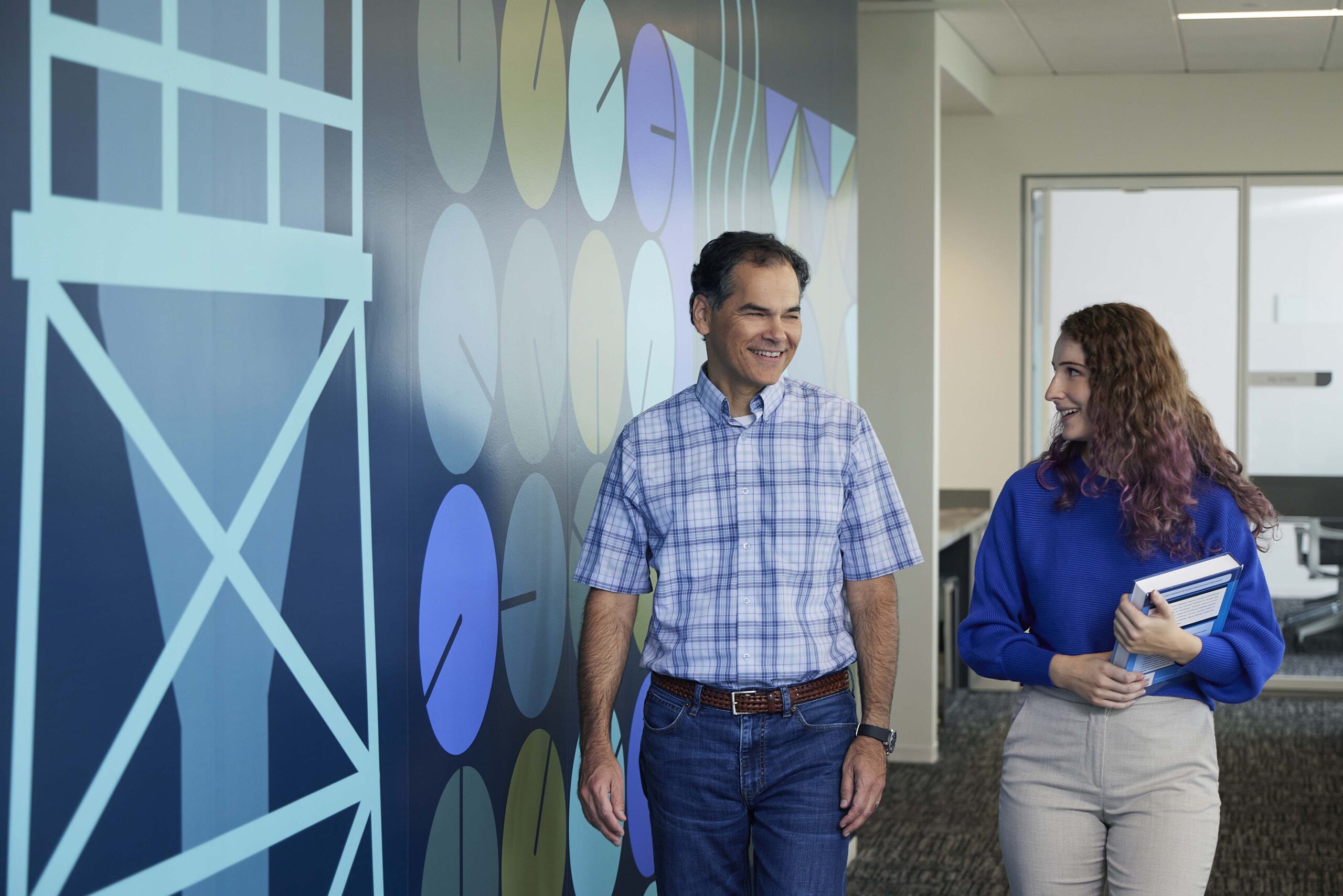
During her high school years, Diana took a class in AP environmental science, where she learned about the negative impacts of the earth’s carbon footprint, further igniting her passion for environmental stewardship.
In 2019, Diana was a part of the Georgia Water + Environment team that collaborated with the City of Atlanta to design a Nutrient Recovery System (NRS) at R.M. Clayton Water Reclamation Center—Atlanta’s largest water resource recovery facility. This groundbreaking process for extracting nutrients from wastewater streams and converting them into a highly pure, slowrelease fertilizer product for use in various land applications not only generated a new revenue stream for the City, but also boosted R.M. Clayton’s triple bottom line, making it a more reliable, sustainable and adaptable facility.
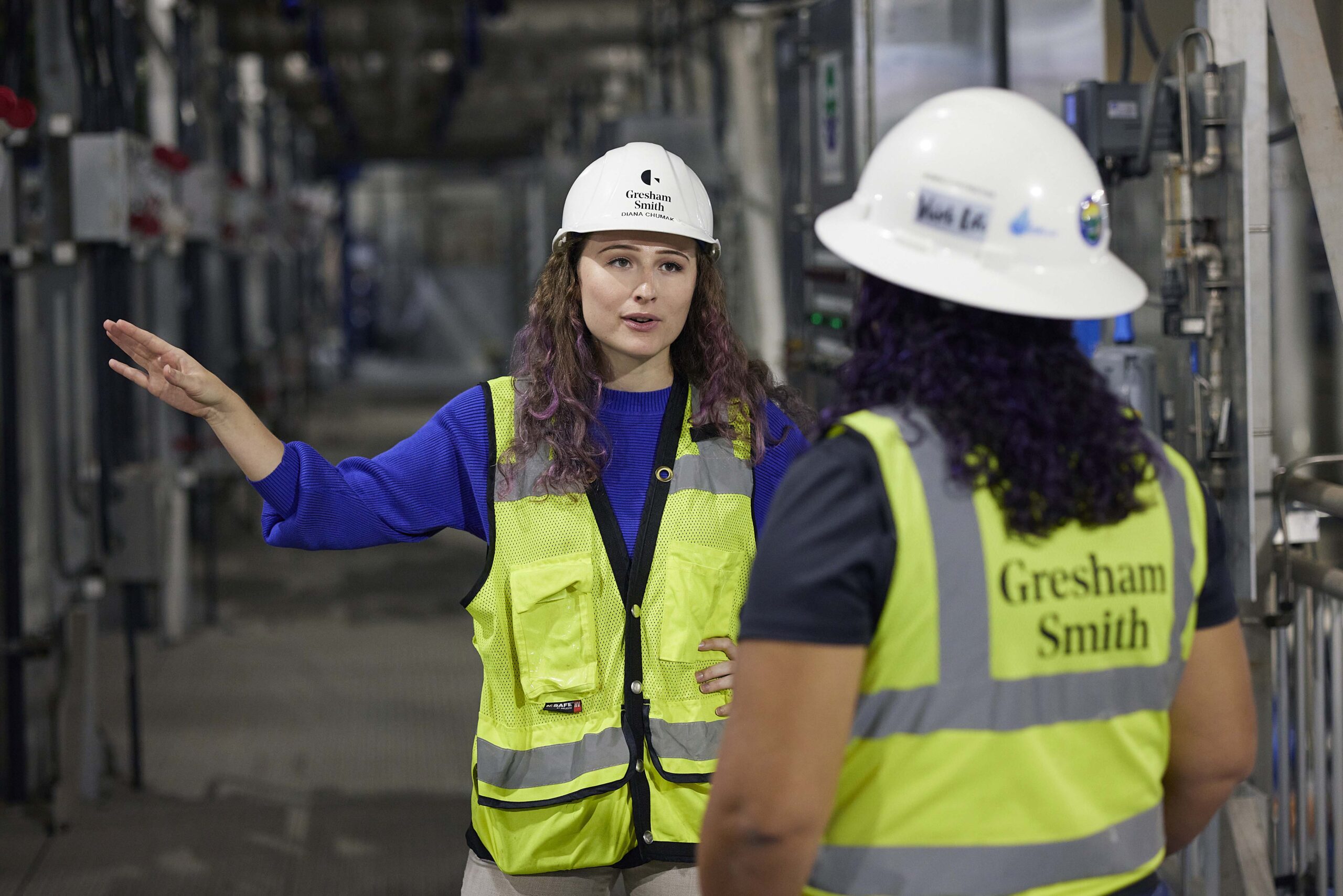
Aware of Diana’s keen interest in sustainability, Randy Booker, a senior vice president and technical practice leader in the firm’s Water + Environment market, engaged her to develop a study in which she established an innovative approach to water reuse evaluation at electric vehicle manufacturing facilities. Diana was honored for her efforts with Gresham Smith’s “Sustainability Leadership Award” at the firm’s 2023 Celebration event.
“Electric vehicle battery manufacturing facilities are the new, hot thing and are being built everywhere—especially in small communities where a large, new facility can have a disproportionate water demand compared to the demand of the communities they are built in,” says Diana. “For this particular project, our client wanted to determine the feasibility of implementing a water reuse process to offset their high water demands. Typically, a large volume of relatively high-quality wastewater from a battery production process is discharged to a wastewater treatment plant. But with this study, we posed a new question: What if we captured that water and reused it instead?”
Since there was no textbook or template that could be used as a guide, the study became a highly customized, analytical and quantitative effort. The methodology Diana developed demonstrates how much operational and embodied carbon is released from implementing various water reuse options, versus using water from a local utility. Recognizing that water reuse should be subject to a holistic impact assessment, her methodology quantified options based on both direct costs—capital, operations and maintenance, and life cycle financial payback—and indirect costs, mainly consisting of the carbon footprint.
“While calculating direct costs is a fairly common practice, incorporating indirect costs isn’t yet, so indirect impacts are largely left out of the decisionmaking process. We can apply this methodology of calculating those indirect costs for other battery production facilities, as well as on other projects where clients want to determine indirect costs in order to reach their sustainability goals.”
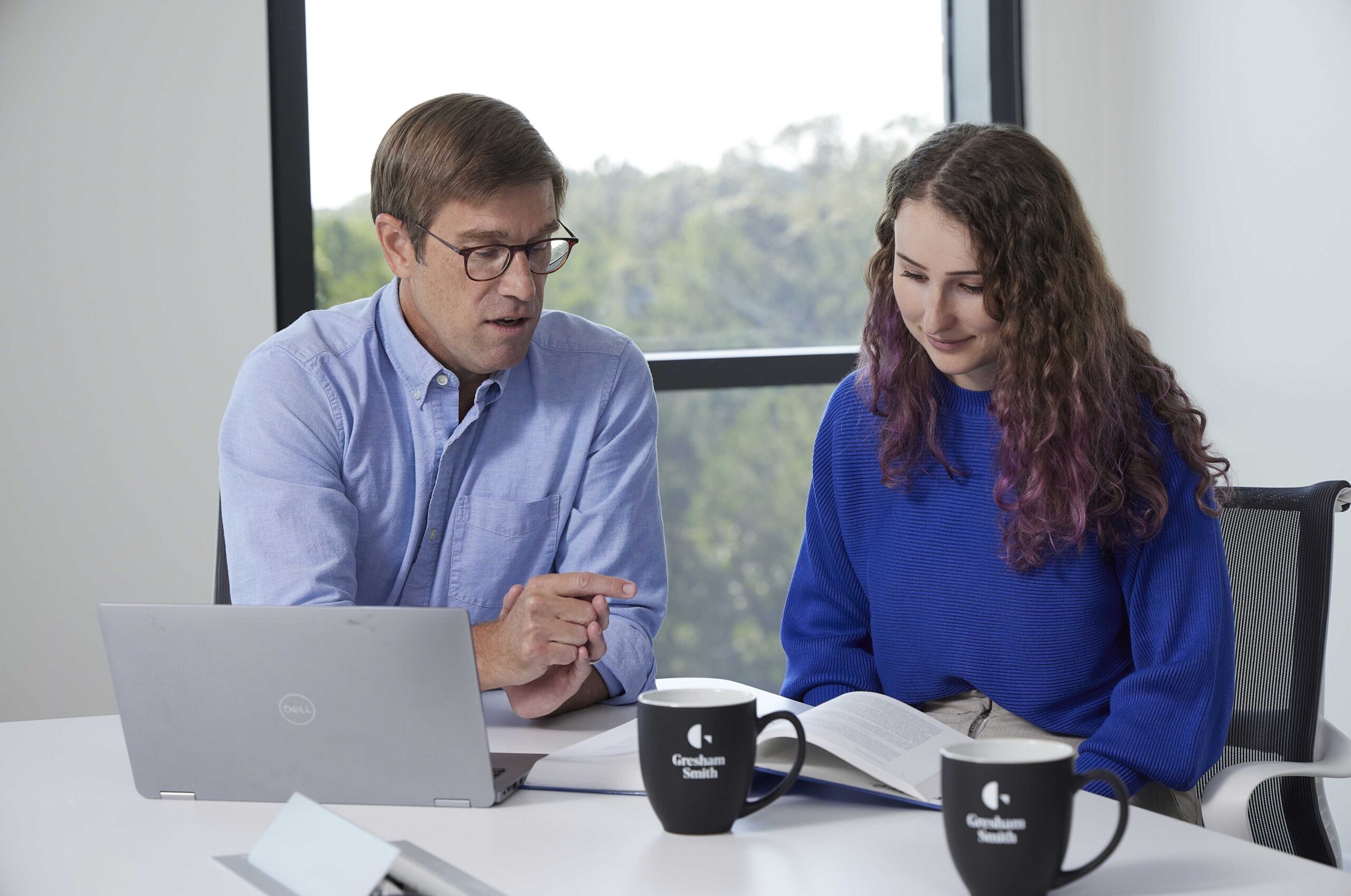
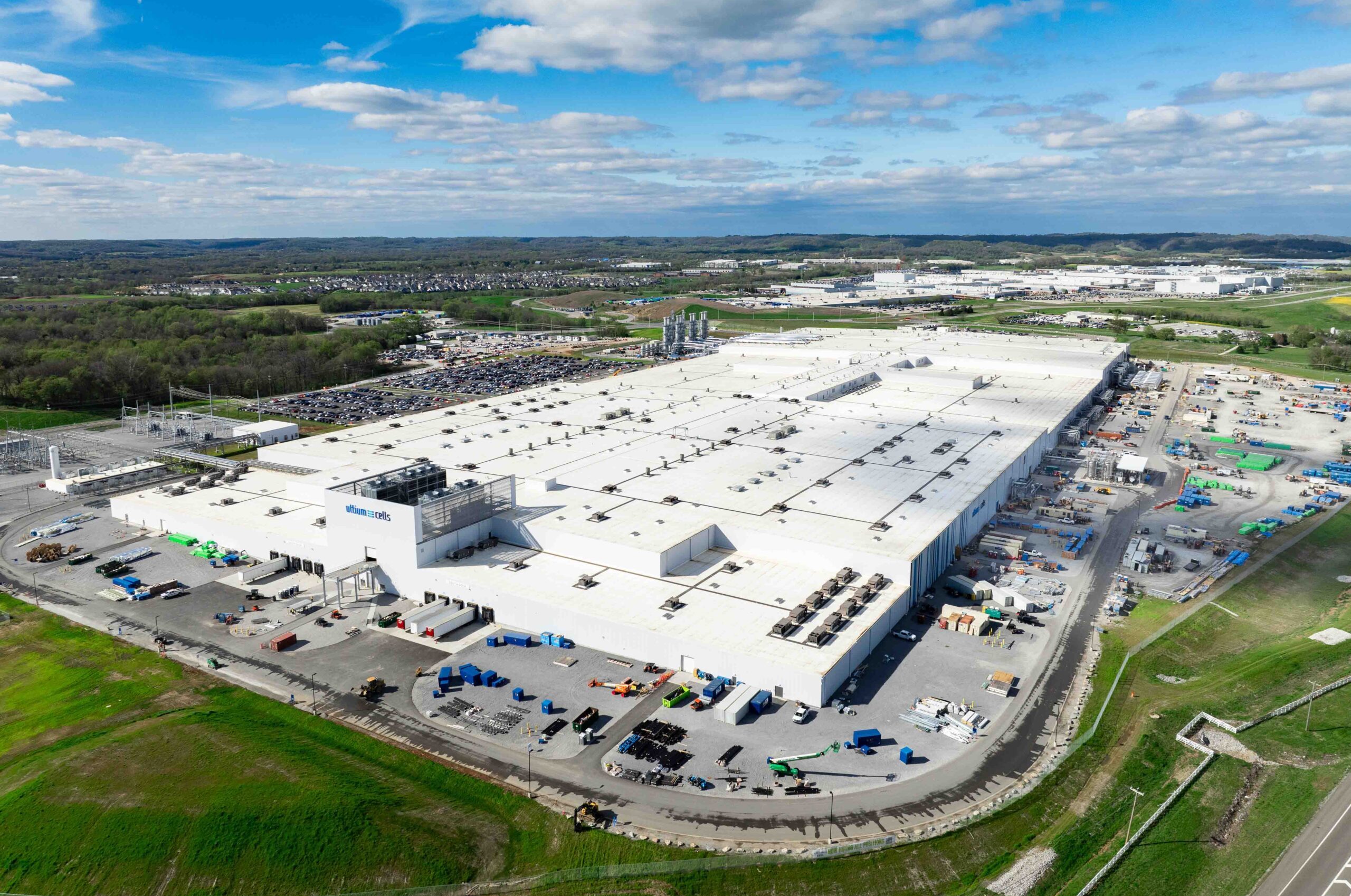
The study determined that the most feasible reuse scenario was a rooftop stormwater capture system with an underground tank for storage. This resulted in the shortest payback period, as well as net neutral emission when compared to purchasing water from a local utility.
“This groundbreaking study and its findings could change the way that this client—and ultimately other EV battery manufacturers— prioritize water reuse as opposed to considering it as an afterthought,” says Randy Booker. “Our client was excited to take the methodology and findings and implement them in their future facilities that were in the initial phases of planning and design.”
Through her knowledge, skill sets and passion for environmental stewardship, Diana supports Gresham Smith’s Core Purpose to plan, design and consult to create healthy and thriving communities, by applying sustainability and resiliency to client projects.
“I ascribe to the idea that one person can make a difference, and that we should all be proactive instead of reactive,” says Diana. “As someone who’s passionate about sustainability, I believe that instead of just solving environmental problems we should be creating sustainable options. I feel so fortunate that this project allowed me to test myself while at the same time pursue a passion within my profession.”
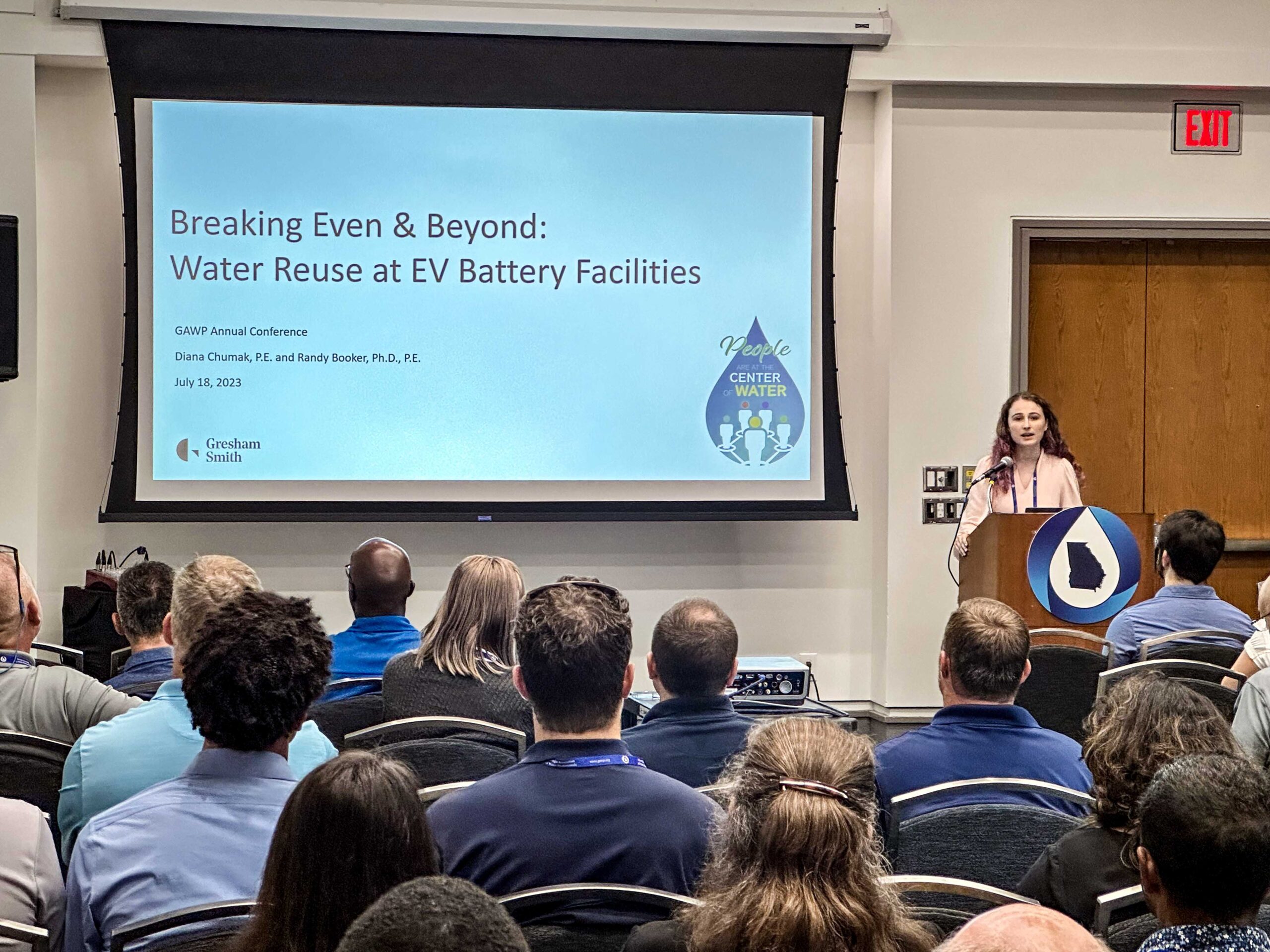
Make Your Mark
Interested in working alongside genuine people and enjoying genuine opportunities to shape your career? We’d love to hear from you.